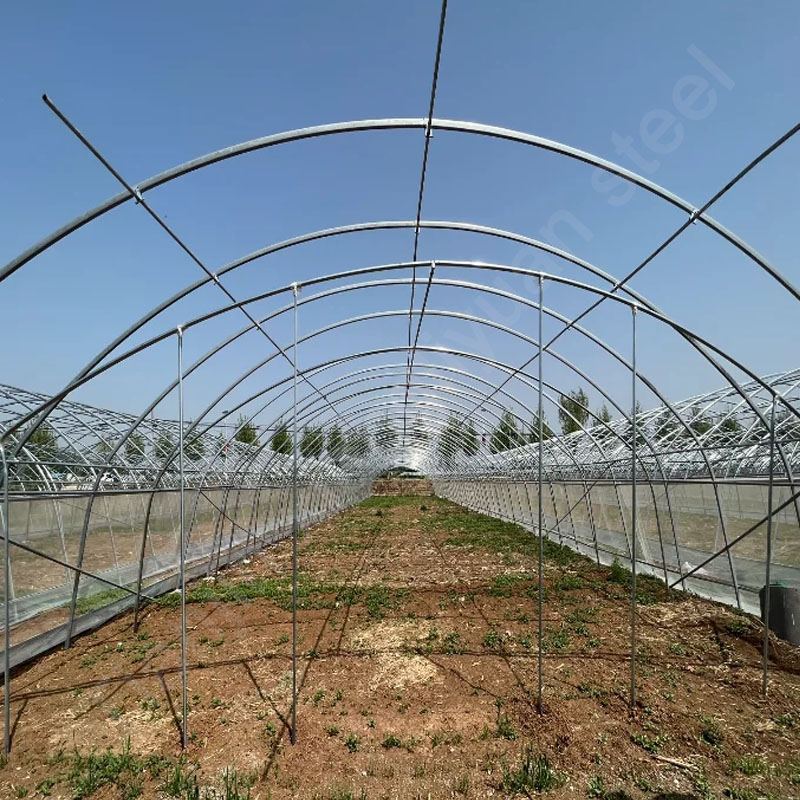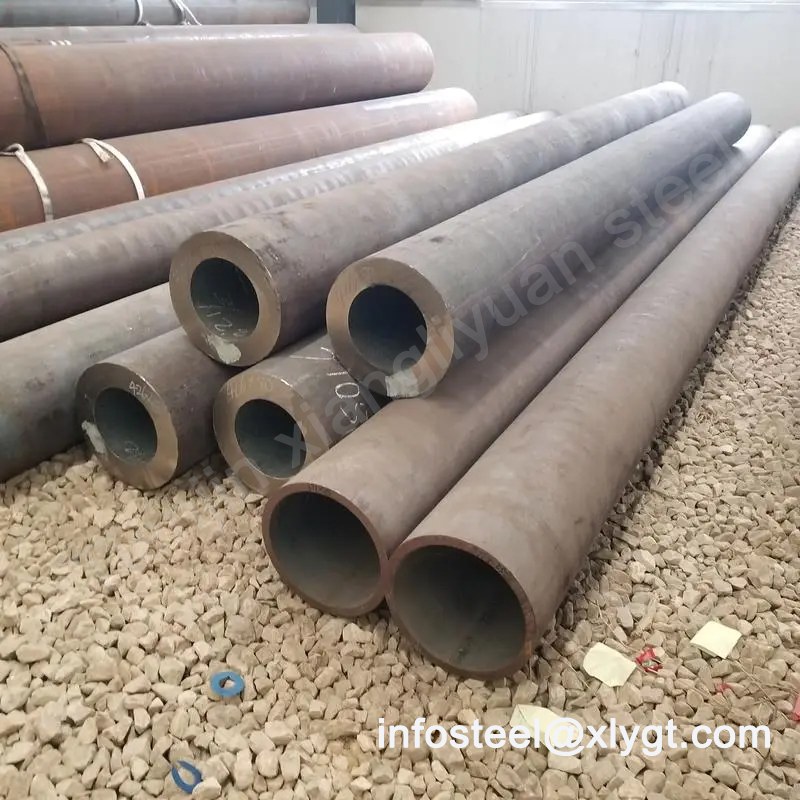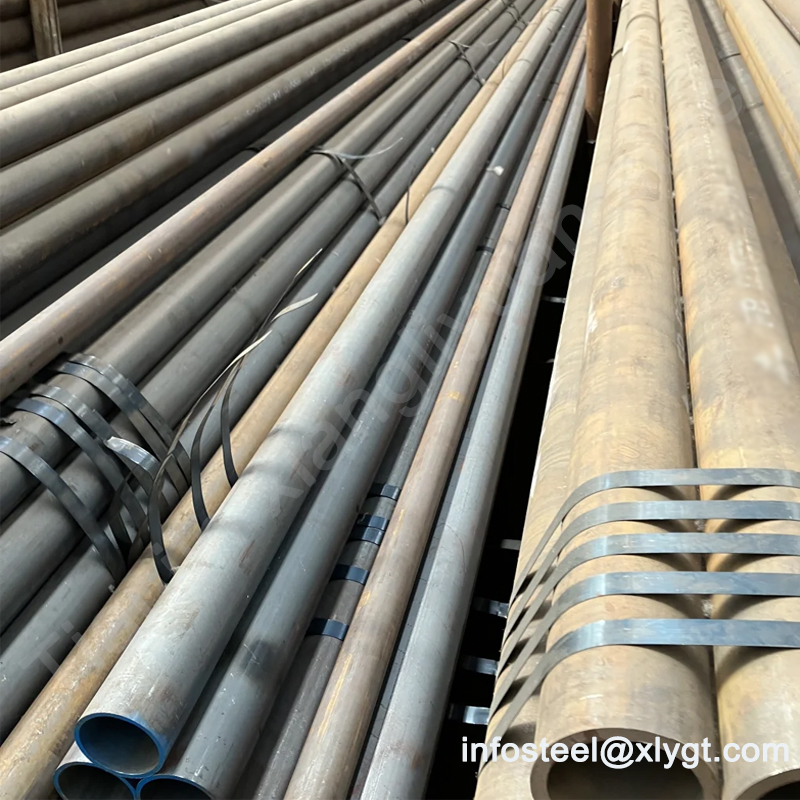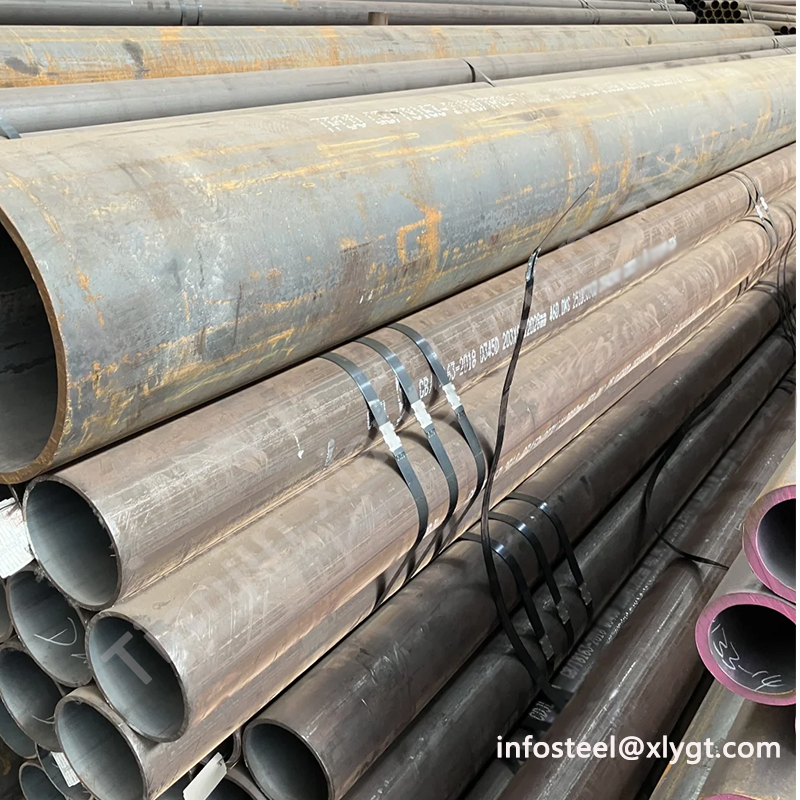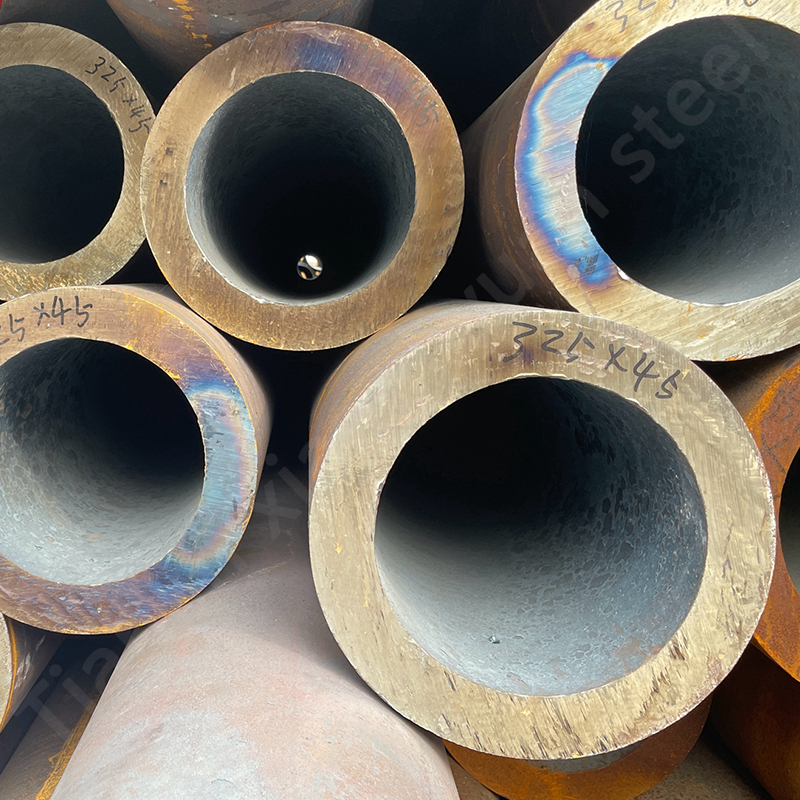For commercial growers and greenhouse builders worldwide, selecting the right structural components is a critical decision that impacts longevity, efficiency, and return on investment. At the heart of every modern, high-performance greenhouse frame is the greenhouse steel tube. This comprehensive guide delves into everything you need to know about these essential components, from the raw materials to international standards and their pivotal role in sustainable agriculture.
1. The Backbone of Modern Agriculture: Why Greenhouse Steel Tubes?
Greenhouse steel tubes form the primary structural skeleton of a greenhouse. They are responsible for supporting the entire covering material—be it polycarbonate sheets, glass, or polyethylene film—and resisting environmental loads like wind, snow, and the weight of irrigation systems. Using inferior tubing can lead to structural failure, crop loss, and safety hazards. Therefore, understanding the specifications of greenhouse tubes is the first step toward building a safe, durable, and efficient growing environment.
2. Material Matters: Key Steel Types for Greenhouse Tubes
The material defines the tube’s strength, corrosion resistance, and suitability for different climates.
Carbon Steel (Mild Steel): This is the most common and cost-effective material for greenhouse structures. It offers an excellent strength-to-weight ratio, making it ideal for creating large, clear-span spaces without internal columns.
Advantages: High tensile and yield strength, good weldability, formability, and affordability.
Considerations: Prone to rust if not properly protected with a surface treatment. This is the standard choice for most galvanized greenhouse frames.
Stainless Steel: Used in specific, highly corrosive environments or for certain components.
Advantages: Superior corrosion resistance, especially in coastal areas or greenhouses with high humidity and chemical exposure (e.g., from fertilizers).
Considerations: Significantly more expensive than carbon steel. It is often used for bolts, fasteners, or critical joints rather than the entire frame.
3. Steel Grade & International Standards: Ensuring Quality and Consistency
To guarantee performance and safety, greenhouse tubes are manufactured to specific international standards. These standards define the chemical composition, mechanical properties (like yield strength and tensile strength), and dimensional tolerances.
Common International Standards for Greenhouse Steel Tubes:
ASTM A53 (Standard Specification for Pipe, Steel, Black and Hot-Dipped, Zinc-Coated, Welded and Seamless): A widely recognized American standard. Grade B is common, offering a minimum yield strength of 35,000 psi (240 MPa).
ASTM A500 (Standard Specification for Cold-Formed Welded and Seamless Carbon Steel Structural Tubing in Rounds and Shapes): This is the predominant standard for structural steel tubing in North America. It comes in several grades:
Grade A: Minimum Yield Strength = 33,000 psi (230 MPa)
Grade B: Minimum Yield Strength = 42,000 psi (290 MPa) – Very common for greenhouse structures.
Grade C: Minimum Yield Strength = 46,000 psi (315 MPa) – Used for higher load-bearing requirements.
EN 10219 (Cold formed welded structural hollow sections of non-alloy and fine grain steels): This is the key European standard. The most relevant steel grades under this standard are:
S235JR: Minimum Yield Strength = 235 MPa
S275JR: Minimum Yield Strength = 275 MPa
S355JR: Minimum Yield Strength = 355 MPa – This is a high-strength grade often specified for greenhouses in regions with heavy snow loads.
When procuring tubes, always request certification (e.g., a Mill Test Certificate) to verify compliance with these standards.
4. Common Specifications: Dimensions, Wall Thickness, and Shapes
Greenhouse tubes come in various shapes and sizes to serve different structural purposes.
Shapes:
Round Tube: The most versatile and common type. Used for bows (hoops), truss chords, purlins, and bracings.
Square Tube & Rectangular Tube: Offer high resistance to bending in two directions. Ideal for columns, gutters, trusses, and main frame supports where high structural integrity is needed.
Oval Tube: Sometimes used for greenhouse bows where a lower profile is desired.
Common Sizes and Wall Thickness:
Bows / Hoops: Typically round tubes, ranging from Φ25mm (1″) to Φ42mm (1.5/8″), with a wall thickness of 1.2mm to 2.0mm.
Columns / Posts: Often square or rectangular tubes, such as 50x50mm (2″x2″) or 60x40mm, with a wall thickness of 1.5mm to 2.5mm.
Purlins (Roof Bars): Can be round or square, e.g., Φ32mm (1.25″) or 25x25mm, with a wall thickness of 1.2mm to 1.8mm.
Gutters: Typically rectangular tubes like 130x60mm or 150x70mm, designed to channel rainwater effectively.
5. Surface Treatment: The Key to Longevity and Corrosion Resistance
This is arguably the most critical aspect of a greenhouse tube’s durability. An untreated steel tube will rust quickly in the warm, humid environment of a greenhouse.
Hot-Dip Galvanizing (HDG): This is the gold standard for greenhouse corrosion protection. The steel tube is cleaned and then immersed in a bath of molten zinc at around 450°C (850°F). The result is a thick, metallurgically bonded zinc coating that provides cathodic protection, meaning the zinc will sacrifice itself to protect the underlying steel even if the coating is scratched.
Coating Thickness: Typically 50-85 µm (microns), providing 15-25 years of protection in a standard agricultural environment.
Pre-Galvanized (Electro-Galvanized): The steel sheet or coil is galvanized before it is formed into a tube. This process creates a thinner, smoother zinc layer.
Pros: Lower cost, smooth surface.
Cons: The coating is thinner (typically 5-20 µm) and can be damaged at the welded seams, leaving them vulnerable to corrosion. Not recommended for primary structural members in harsh environments.
Painted / Powder Coated: A layer of paint or powder is applied electrostatically and then cured under heat. This is primarily used for aesthetic purposes on visible parts.
Pros: Wide range of colors (e.g., green, white).
Cons: Offers minimal corrosion protection on its own and is prone to chipping. It should only be used over a galvanized surface for dual protection and color.
6. Applications: Where are Greenhouse Steel Tubes Used?
Primary Framework: Columns, trusses, and gutters that form the main load-bearing structure.
Bows / Arches: The curved elements that create the classic Quonset hut shape or Gothic arch profile.
Purlins and Girts: Horizontal members that connect the bows and provide support for the glazing or covering material.
Bracing: Diagonal tubes that provide stability and resistance to wind loads.
Support Systems for: Benches, heating pipes, irrigation lines, and lighting systems.
7. Product Advantages and Key Features: Why Choose Quality Steel Tubes?
Investing in high-specification greenhouse tubes delivers significant long-term benefits:
Exceptional Strength & Durability: Capable of withstanding heavy snow loads, strong winds, and other extreme weather conditions, ensuring crop security.
Superior Corrosion Resistance: Properly galvanized tubes resist rust and degradation from constant exposure to moisture, fertilizers, and pesticides.
Long Service Life: A hot-dip galvanized greenhouse structure can last for 20+ years with minimal maintenance, providing an excellent return on investment.
Design Flexibility: The variety of shapes and sizes allows engineers to design efficient, wide-span greenhouses that maximize growing space and light penetration.
Cost-Effectiveness: Steel offers one of the best strength-to-cost ratios available, making large-scale commercial greenhouse projects economically viable.
Sustainability: Steel is 100% recyclable at the end of its long life, supporting sustainable agricultural practices.
The greenhouse steel tube is far more than just a piece of metal; it is the engineered backbone of a modern, productive greenhouse. By understanding the importance of material choice, international standards like ASTM A500 Grade B or EN 10219 S355JR, precise specifications, and the critical role of hot-dip galvanizing, you can make an informed decision that ensures the structural integrity and longevity of your agricultural investment.
When it comes to greenhouse components, feel free to contact us at Tianjin Xiangliyuan Steel, a certified supplier of high-quality galvanized steel pipes designed for the demanding environment of protected agriculture.

